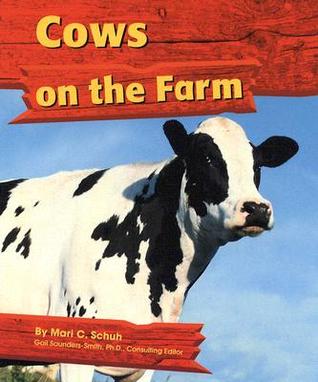Background Agricultural Connections
In the United States, cattle are typically raised to produce beef and milk for our food supply. The term cattle can refer to any breed or gender of the bovine species. All breeds of cattle produce meat and all female cattle produce milk after they give birth. However, within the cattle industry, specific breeds of cattle are classified as either "beef" or "dairy" cattle due to their efficiency in producing either meat or milk.
Female cattle, or cows, produce milk. They begin producing milk after giving birth to their first baby, which is called a calf. Cows that are able to produce large quantities of milk are called dairy cows. Such breeds of dairy cows raised in the United States include the Holstein, Ayrshire, Brown Swiss, Guernsey, Jersey, and the Milking Shorthorn. Can any breed or type of male cow be used for milk production? No, male cows do not produce milk.
Cattle breeds that are more muscular are raised as beef cattle. There are many different breeds of beef cattle raised in the United States such as Angus, the most popular, along with other common breeds such as Hereford, Shorthorn, Charolais, Simmental, and Limousin. Female beef cows do produce milk after giving birth, but in much smaller quantities than a typical dairy cow. Female beef cows produce enough milk to raise their own calf. Beef and dairy cow production in the United States are two distinct industries because of the trait differences mentioned above; milk production in large quantities vs. more muscular cattle raised for meat. Both beef and dairy are a large component of the human diet.
The cow that produced 1,500 quarts of milk per year a hundred years ago can produce 7,812 quarts per year today. One first grade student would have to drink 85 plus cartons of milk a day for an entire year to equal this amount. The dairy cows are normally milked twice a day, depending on the farm in a building called a milking parlor. Automatic milking machines are used today and help the dairy farmer keep accurate records regarding milk production from each cow.
 What I Want to Know
What I Want to Know
